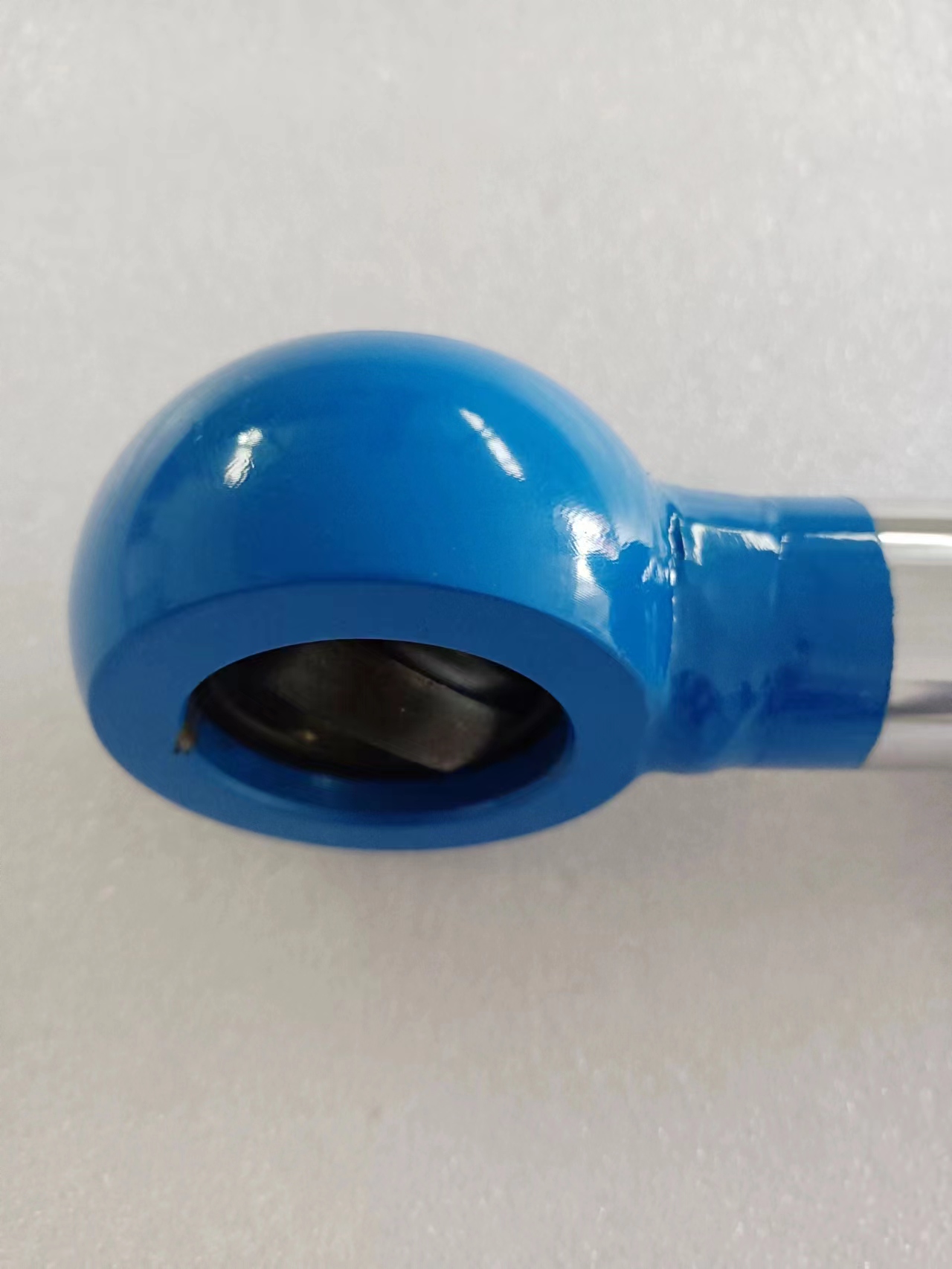Nov . 13, 2024 13:50 Back to list
disassemble hydraulic cylinder product
Disassembling a Hydraulic Cylinder A Step-by-Step Guide
Hydraulic cylinders are essential components in various machinery and applications, providing the necessary force to lift, push, pull, or perform other mechanical tasks. Over time, these cylinders may require maintenance, repair, or replacement due to wear and tear. Disassembling a hydraulic cylinder is a critical skill for anyone involved in the maintenance of hydraulic systems. This article will provide a comprehensive guide to safely and effectively disassemble a hydraulic cylinder.
Understanding the Hydraulic Cylinder
Before diving into the disassembly process, it's crucial to understand the basic components of a hydraulic cylinder. A typical hydraulic cylinder consists of the following parts
1. Cylinder Barrel The main body that houses the fluid and the piston. 2. Piston A movable component that creates hydraulic pressure when actuated. 3. Rod Connects the piston to the external mechanism, translating the piston’s motion into work. 4. End Caps Seal the cylinder at both ends and accommodate the cylinder rod. 5. Seals and O-Rings Prevent hydraulic fluid leakage and maintain pressure within the cylinder.
Preparation for Disassembly
Before you start disassembling a hydraulic cylinder, you must ensure you have the right tools and follow safety protocols
1. Tools Needed - Wrenches (adjustable and socket) - Screwdrivers (flathead and Phillips) - Pliers - A soft mallet - Seal removal tools - Clean cloths - Safety goggles and gloves
2. Safety First - Ensure the machinery using the hydraulic cylinder is turned off and disconnected from power sources. - Depressurize the hydraulic system to prevent any accidental release of fluid. - Wear appropriate personal protective equipment (PPE) to protect against hydraulic fluid exposure.
Step-by-Step Disassembly Process
disassemble hydraulic cylinder product

1. Remove the Cylinder from the Machine - Carefully unbolt the hydraulic cylinder from the machinery. Ensure to note the orientation and placement of each component for reassembly.
2. Inspect for Damage - Before proceeding, visually inspect the cylinder for any obvious signs of damage or wear, which can give clues about the cause of malfunction.
3. Remove End Caps - Using the appropriate wrench, unscrew the end caps from both ends of the cylinder. Start with the base and then the rod end. Be cautious of any residual hydraulic fluid that may escape.
4. Extract the Piston and Rod - Once the caps are removed, gently pull the piston and rod out of the barrel. If necessary, lightly tap with a soft mallet to loosen them. Be careful not to damage the rod or the cylinder walls.
5. Inspect Piston and Rod - Check the piston and rod for any signs of wear or damage. Look for scratches, pitting, or wear on seals, which may need replacement.
6. Remove Seals and O-Rings - Using seal removal tools, carefully pry out the seals and O-rings without scratching the groove where they sit. Keep them for reference, as you'll want to replace them with identical parts during reassembly.
7. Clean and Inspect Components - Clean all components thoroughly with a clean cloth to remove any residue or dirt. Inspect each part for wear or damage to determine if replacement is necessary.
8. Document Every Step - Throughout the process, take notes and photos if necessary. This documentation will help guide reassembly and can be invaluable if troubleshooting is needed later.
Final Thoughts
Disassembling a hydraulic cylinder can seem intimidating, but with the right tools, preparation, and attention to detail, it can be done effectively and safely. Proper maintenance and disassembly not only extend the life of the hydraulic system but also ensure optimal performance. Always refer to the manufacturer’s manual for specific instructions or diagrams pertaining to your hydraulic cylinder model. With practice, disassembling and reassembling hydraulic cylinders will become a straightforward task, contributing to the reliability and efficiency of the machinery in which they operate.
-
Fork Lift Power Units - Hebei Shenghan | Efficiency, Reliability
NewsJul.13,2025
-
1.5-Ton Turbocharged Cylinder-Hebei Shenghan|Hydraulic Solution,Energy Efficiency
NewsJul.13,2025
-
Auto Hoist Power Units-Hebei Shenghan|Efficiency&Industrial Lifting
NewsJul.13,2025
-
Double Acting Power Units-Hebei Shenghan|Hydraulic Solutions,Industrial Efficiency
NewsJul.13,2025
-
1.5 Ton Lifting Cylinder 70/82-40-290-535 - High-Performance Hydraulic Solution | Hebei Shenghan
NewsJul.13,2025
-
Fork Lift Power Units - Hebei Shenghan | Efficiency&Reliability
NewsJul.13,2025
